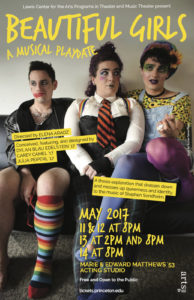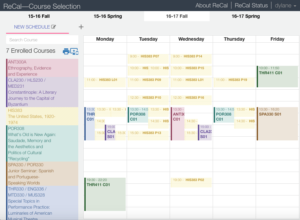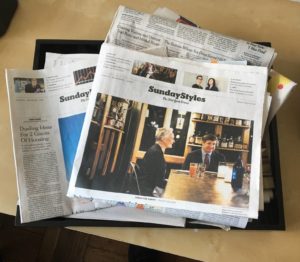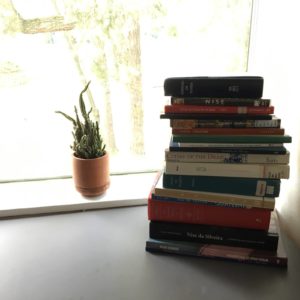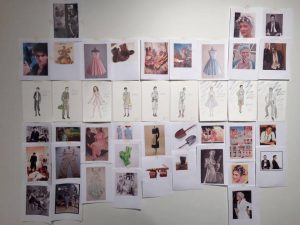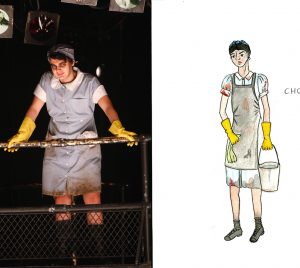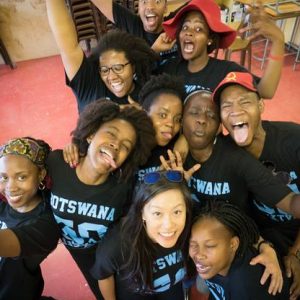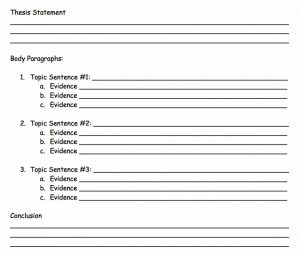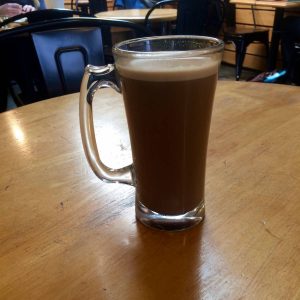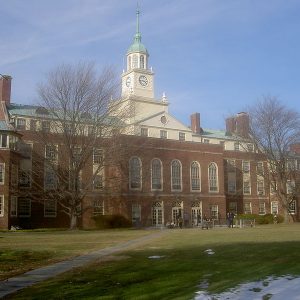In our spring series, Senior Theses: A Celebration, we take a moment in the interlude between thesis deadlines and graduation to appreciate the diverse, personal, and impactful work of seniors’ capstone research projects.
~~~~~~
For her senior thesis in History, Nadia Diamond wrote about the Magdalen laundries in the Republic of Ireland.
Established at Catholic convents in the 18th century, Magdalen laundries were “rehabilitative” asylums, where sex workers and “fallen women” were put to work cleaning clothes. With the establishment of the Republic in 1922, the laundries lost their rehabilitative nature, and transformed into a form of slave-like punishment for “sinful” women, most of whom were not sex workers, but instead unmarried mothers, sexual assault survivors, or sexually active single women who had been ostracized by their communities. The women worked long hours under supervision of the nuns to wash people’s laundry, without financial compensation, and without freedom to exit the institution. The last of these laundries finally closed in 1996. In her thesis, Nadia focuses on three different laundries — in Dublin, Limerick, and Galway. She explores themes of community disengagement and considers the power that art can play in grappling with this horrific history.
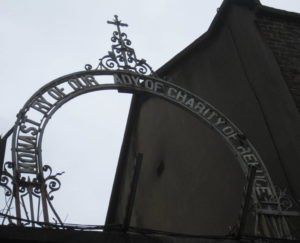
What did you want to learn from this project?
The question that sparked my research was: Why did it take so long for the laywomen who had once been incarcerated to start having their voices heard, and for there to actually be some heat put on the state, the church, and larger society for letting this happen for so long? To do that I decided to look at newspaper archives and trace public discussion in search for any reference of the laundries throughout the 20th century in order to provide historical background for the general societal silence in the 21st century. The laundries were mentioned a lot, but it was all pro-Church, with no voice given to the women inside.
What led you to this topic?
In the summer after my freshman year, I took a global seminar called Performing Irishness, taught by professors Jill Dolan and Stacy Wolf. We were looking at Irish theater as a form of commentary and a method for processing and developing Irish identity. One of the productions we learned about was called Laundry. It was performed in 2011 in the dilapidated laundry in Dublin. The director, who I interviewed this summer, said there were still pieces of furniture, high chairs and things in the building, because it was the last of the laundries to close in 1996. She said it was “as if they just got up and left.” And the artists used these found objects in addition to oral histories to develop performance pieces. Learning about this, I was blown away.
Then Junior Spring an Irish journalist, Fintan O’Toole, taught a seminar called The Arts, Literature, and Cinema of Coercive Confinement in Modern Island, in which we talked about the laundries and other institutions, like mental asylums and industrial schools where kids were sent. We discussed how arts and literature could wrestle with the experiences of an individual and of the greater community.
Did you complete any previous projects about this topic?
I wrote my spring semester JP on a documentary called States of Fear, about the industrial schools where children were forced into labor, which featured survivor testimony and gave me good background. For my thesis I realized I wanted to focus back on the women. Because this documentary came out about the industrial schools and the government put out a 2500 page report specifically about state involvement in the industrial school system that were run by the Catholic religious orders, they collected testimonials, and started a system of reparations for people who had suffered abuse. But that didn’t happen with the Magdalen laundries. There was a report that came out that didn’t address any survivor testimonies, that said that none of the religious orders made any profit, which archivists and historians and activists who have investigated records say is not true.
Continue reading Celebrating Senior Theses: An Interview with Nadia Diamond ’17


